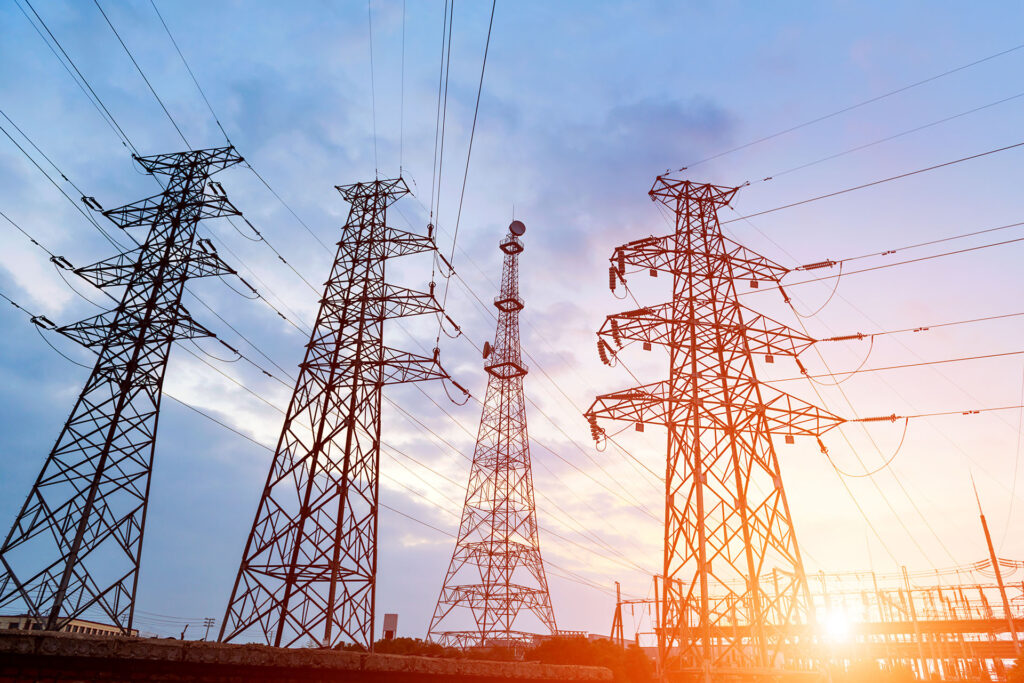The telecommunications business has been revolutionary in its ability to connect individuals worldwide. However, this phenomenal growth has left the sector with a significant portion of the world’s emissions. With increasing data demand, telecommunications companies must prioritize decreasing greenhouse gas emissions throughout their value chain.
Scope 3 emissions from activities across suppliers, product lifecycles, and customer usage comprise the overwhelming majority of emissions for telecommunications companies. While progress has been made on scope 1 and 2 emissions, scope 3 emissions remain a blind spot that demands urgent action. Addressing scope 3 emissions is vital for telecommunications companies to meet climate goals and lead the transition to a sustainable digital future.
According to the World Resources Institute, the global telecommunications industry emitted 1.7 billion tons of CO2 equivalent in 2019, representing approximately 2% of total global emissions. Telecommunications companies have an outsized opportunity to drive change and reduce emissions given their scale and influence across global supply chains and billions of customers worldwide.
Now is the time for telecommunications companies to step up with courageous leadership, collective action across the ecosystem, transparency, and a laser focus on reducing scope 3 emissions.
Understanding Scope 3 Emissions in Telecommunications
Scope 3 emissions encompass the vast majority of emissions across the telecommunications value chain. Key sources include:
Supply chain
Manufacturing, transport, and disposal of network equipment makes up the largest share, such as 60% of Verizon’s total scope 3
Product usage
Energy consumption of infrastructure, data centers, and devices
Customers
Emissions from using products and services represent over 20% for leading telecommunications companies
While methodologies vary, standards like the Greenhouse Gas (GHG) Protocol enable consistent and transparent scope 3 accounting. Robust data collection and industry alignment will enhance accuracy over time. The urgency of climate action necessitates that telecommunications companies act now to address primary scope 3 hotspots like supply chain and product usage.
Success requires transparency, cooperation, and immediate commitment to tackle scope 3 emission sources.
Challenges in Calculating Scope 3 Emissions in the Telecommunications Industry
Calculating scope 3 emissions poses major challenges for telecommunications companies, including:
- Data limitations: Telecommunications companies lack visibility into supplier and vendor emissions. Greater transparency and coordination are essential.
- Complex value chains: Varied reporting mechanisms across the vast partner ecosystem create aggregation difficulties.
- Methodology alignment: Companies must determine boundaries and allocate shared infrastructure emissions while adhering to accounting standards.
- Rapid technology changes: Emerging solutions like 5G and the Internet of Things (IoT) require continuous emissions monitoring.
Robust data collection, industry collaboration, and transparency will be vital to overcome these obstacles. Standardized methodologies guided by established protocols will enhance accuracy over time.
Above all, open cooperation across telecommunications value chains is crucial to drive scope 3 progress. From suppliers to customers, aligning stakeholders to prioritize emissions reductions will accelerate the sustainability shift, despite near-term uncertainty. Telecommunications companies have the scale and influence to lead the way.
Strategies for Mitigating Scope 3 Emissions
Telecommunications companies can mitigate scope 3 emissions through:
Supplier collaboration
Joint research and development (R&D), audits, and incentive programs enable partners to reduce their supply chain footprint. AT&T uses a sustainability scorecard to motivate action.
Renewable energy
Shifting infrastructure and operations to clean power significantly decreases emissions. BT Group and Telefónica aim for 100% renewable electricity use.
Eco-design
Prioritizing recyclable and energy-efficient materials and manufacturing reduces lifecycle impacts. Vodafone’s Eco Rating drives more sustainable devices.
Customer engagement
Awareness campaigns, energy-saving tips, and green tariffs incentivize sustainable usage. Orange’s set-top box eco-rating nudges consumers.
Policy and regulation
Scope 3 requirements in markets like the EU also drive telecommunications companies to address value chain emissions through mandated reporting and carbon pricing.
Additionally, telecommunications companies can further engage customers through expanded recycling and take-back programs to optimize device lifecycles. Services like leasing instead of selling phones can incentivize longevity. Features that track energy consumption also enable users to reduce their footprint.
There are still challenges, but collective effort across the telecommunications ecosystem can drive progress on scope 3 emissions. Engagement and incentives can accelerate emissions reductions across value chains from suppliers to customers. With their global scale, telecommunications companies must lead the way.
Calculating and Reporting
To enable accurate and consistent scope 3 accounting, telecommunications companies should:
- Adopt recognized standards like the GHG Protocol Corporate Value Chain Standard, which provides comprehensive guidance.
- Improve supplier data collection through surveys and supplier engagement platforms.
- Increase transparency by regularly disclosing scope 3 inventories and strategies in sustainability reports.
- Obtain third-party verification for scope 3 emissions data to ensure reliability.
- Collaborate with industry peers and partners to align methodologies and reporting.
- Continuously refine calculations by incorporating improved data sources and emission factors.
- Supplement inventory accounting with scenario modeling to project future emissions.
While uncertainties remain, standardized and transparent scope 3 reporting is vital to understand emissions baselines, track progress over time, and hold companies accountable. Investors and customers are increasingly demanding credible disclosure.
Telecommunications companies should lead the drive towards robust scope 3 accounting and reporting across sectors. Their commitment can catalyze broader adoption of carbon transparency.
Using SAP Sustainability Data Exchange, telecommunications companies can collaborate with partners, enhance awareness and engagement of stakeholders, gain insights, mitigate risks, and seize opportunities to reduce and offset emissions.
Ultimately, courageous leadership and collective diligence across telecommunications company value chains are imperative to drive progress. Telecommunications companies have the influence to spearhead robust and transparent scope 3 practices across all sectors. But, success hinges on prioritizing partnerships, integrity, and environmental stewardship above all. The moment for action has come.
For more information on how SAP helps companies record, report, and act on their sustainability goals, visit www.sap.com/sustainability.
Venkata Rao is a business transformation expert at SAP.
Mohan Shekar is head of Industry Service at SAP.
